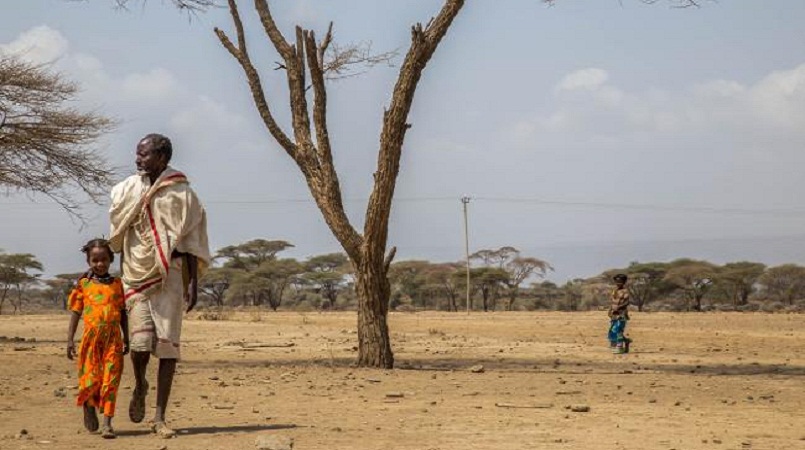
The 2015-2016 El Niño has ended but its devastating impact on children is worsening.
Hunger, malnutrition and disease continue to increase following the severe droughts and floods spawned by the event, one of the strongest on record, UNICEF said today.
And there is a strong chance La Niña – El Niño’s flip side – could strike at some stage this year, further exacerbating a severe humanitarian crisis that is affecting millions of children in some of the most vulnerable communities, UNICEF said in a report called It’s not over – El Niño’s impact on children.
Children in the worst affected areas are going hungry. In Eastern and Southern Africa – the worst hit regions – some 26.5 million children need support, including more than one million who need treatment for severe acute malnutrition.
In many countries, already strained resources, have reached their limits, and affected families have exhausted their coping mechanisms – such as selling off assets and skipping meals. Unless more aid is forthcoming, including urgent nutritional support for young children, decades of development progress could be eroded.
In many countries, El Niño affected access to safe water, and has been linked to increases in diseases such as dengue fever, diarrhoea and cholera, which are major killers of children.
In South America, and particularly Brazil, El Niño has created favourable breeding conditions for the mosquito that can transmit Zika, dengue, yellow fever and chikungunya. If La Niña does develop, it could contribute to the spread of the Zika virus to areas that have not been affected to date.
UNICEF also said there are serious concerns that Southern Africa, the global epicentre of the AIDS pandemic, could see an increased transmission of HIV as a result of El Niño’s impact.
Lack of food affects access to anti-retroviral therapy (ART), as patients tend not to take treatment on an empty stomach, and many people will use their limited resources for food rather than transport to a health facility.
Drought can also force adolescent girls and women to engage in transactional sex to survive. And, mortality for children living with HIV is two to six times higher for those who are severely malnourished than for those who are not.
“Millions of children and their communities need support in order to survive. They need help to prepare for the eventuality La Niña will exacerbate the humanitarian crisis. And they need help to step up disaster risk reduction and adaptation to climate change, which is causing more intense and more frequent extreme weather events,” said UNICEF’s Director of Emergency Programs, Afshan Khan.
“The same children who are affected by El Niño and threatened by La Niña, find themselves on the frontlines of climate change.”
